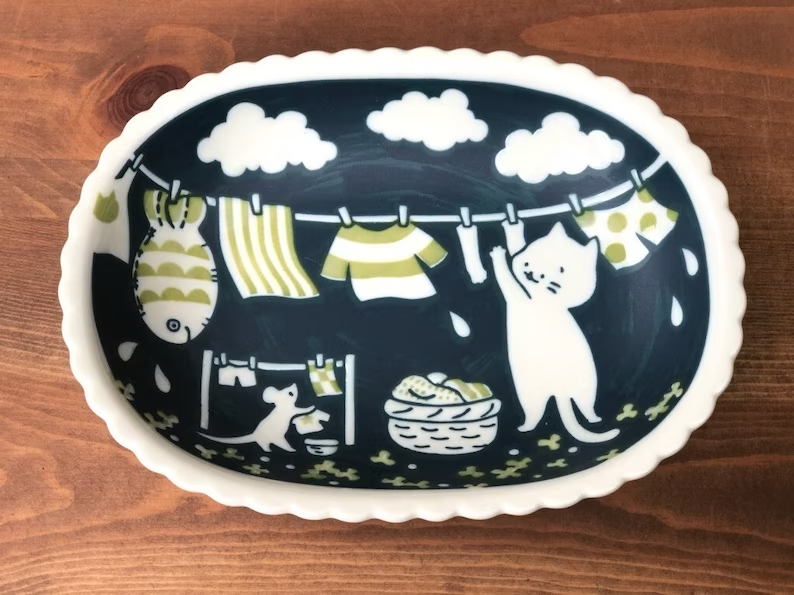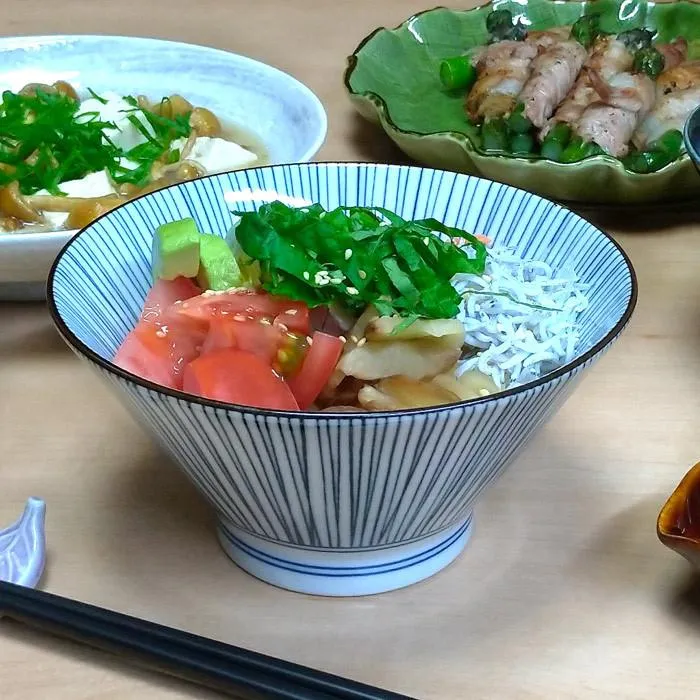What is Mino ware? Mino ware evolving with features and types
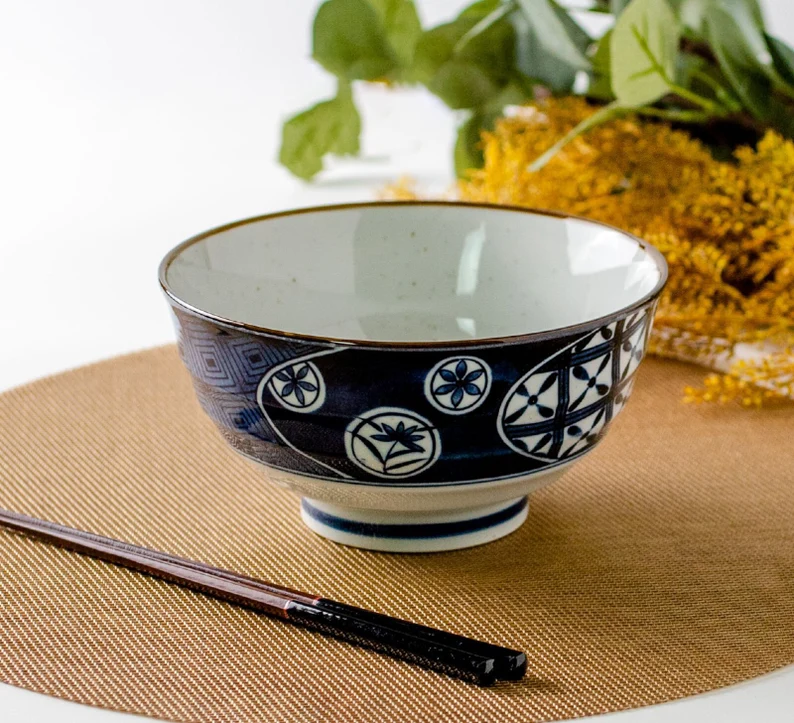
Mino ware is used in many of the tableware in Japan. Mino ware is a traditional Japanese craft and the standard tableware of Japan. It is said to have originated from Sueki in the Nara period, and reached its peak in the Azuchi-Momoyama period. From the Nara period to the present day, the technique has continued to evolve, and today it has become an indispensable part of the Japanese dining table. The characteristics of Mino ware have been handed down unchanged even today, when it has come to be casually used in the daily life of Japanese people. The flow of using glaze and the enjoyment of distorted shapes are the characteristics of Mino ware, and the uniqueness of Mino ware is still loved today. And in order to evolve with the times, the search continues among craftsmen even now. Introducing the characteristics and types of Mino ware that continues to fascinate people.
Contents
Characteristics of Mino ware
The creators of Minoyaki have developed glazes that suit the tastes of the people of the time, and have used a variety of techniques. Therefore, the appearance and texture of Mino ware are diverse. Mino ware tends to be produced with textures and designs that match the era, so it is easy to blend in with daily life without giving off any distinctive features.
Mino ware Japanese curry plates and soup cups
The goodness of Mino ware regardless of Japanese or Western style Unlike other traditional crafts, Minoyaki is very good at incorporating new changes. Today, Mino ware is widely used not only for Japanese tableware but also for Western tableware. The oval plate can also be used for Japanese curry and pasta. And a lot of Mino ware that is lightweight and microwaveable is also made. There are also products that assume Western tableware from the beginning, such as soup cups and cups and saucers.
For example, chrysanthemum-shaped plates are popular for their soft and gorgeous atmosphere. In addition, tableware with colorful patterns reminiscent of Scandinavia is often selected for table settings. Mino ware is excellent in its practicality in daily life and its design in keeping with the times.
There are four types of typical Mino ware
What are the characteristics of Mino ware that developed with history and culture? Mino ware has been made for about 1,300 years and has developed under the influence of the historical background. The golden age of the tea ceremony culture of the Azuchi-Momoyama period. During the 30 years of the Azuchi-Momoyama period, the four representative styles of Mino ware, ``Setoguro, Kiseto, Oribe, and Shino'', increased their presence and produced excellent pottery. Let's look at the characteristics of each of the four styles.
・Setoguro
Seto-guro is coated with an iron glaze and fired at around 1,200 degrees Celsius before being removed from the kiln and soaked in water. The rapidly cooled vessel develops a crack pattern called kannyu on the surface, and it takes on a deep black color and luster, a feature not found in vessels before Seto-guro was made. It is said that tea ceremony masters were fascinated by this jet-black tea bowl called “Kashidashi-guro”. The original ``Seto-guro'' is not decorated, has a flat bottom, and is limited to tea bowls with a low height (a base attached to the bottom to stabilize the bowl).
Since ancient times, people have been fascinated by the jet-black beauty of Seto-guro. In addition, it is probably the reason why it has been chosen because it has a comfortable softness even though it is black.
・Kiseto
Kiseto, which was produced from the end of the Muromachi period to the Azuchi-Momoyama period, is characterized by its light yellow color due to iron glaze, which is an improved form of ash glaze. There are “Ayame-te”, thinly-made vessels with various patterns drawn on them, and “Guinomi-te”, which have almost no patterns. There is a glossy Koseto type Kiseto and a yellow Seto called “Aburaagehada”.
・Oribe
Oribe has its roots in those made by Oribe Furuta, a warlord and tea master in the Azuchi-Momoyama period. It is characterized by a novel style that uses patterns such as checkered patterns and geometric patterns to make distortion unique. It can be said that it is a symbol of Mino ware that continues to innovate according to the times. It is still popular today as Japanese tableware, not only because of its design, but also because of its deep green beauty.
・Shino
The Japanese have longed for “white pottery”. Shino has a gentle milky white color, and has the beauty of white porcelain and celadon porcelain, as well as a gentle warmth. Many improvements were devised during the heyday of the Muromachi period.
The white glaze is thickly applied, and as a result, there are occasional cracks and small holes, giving it a rustic feel.
Mino ware tableware is well suited to modern dining tables. Mino ware can be used in a variety of situations, regardless of the cuisine. That's probably why people continue to love it.
Author Profile
Latest entries
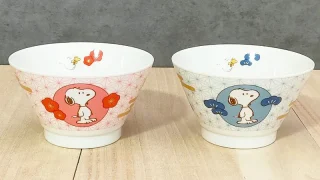 Rice Bowl / Ramen Bowl2025年8月5日Snoopy Japanese Rice Bowl Set - Red Plum & Blue Pine Design - Made in Japan, Microwave & Dishwasher Safe
Rice Bowl / Ramen Bowl2025年8月5日Snoopy Japanese Rice Bowl Set - Red Plum & Blue Pine Design - Made in Japan, Microwave & Dishwasher Safe matcha bowl / Yunomi tea cup2025年1月21日Kutani ware teacups are very easy to use
matcha bowl / Yunomi tea cup2025年1月21日Kutani ware teacups are very easy to use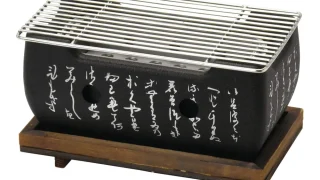 Japanese style BBQ stove grill2025年1月20日Combine a Japanese style BBQ stove grill and sake cups for a special dinner
Japanese style BBQ stove grill2025年1月20日Combine a Japanese style BBQ stove grill and sake cups for a special dinner SAKE bottle and SAKE cup2025年1月17日Mino Ware Gold-painted Sake Ware is Very Beautiful
SAKE bottle and SAKE cup2025年1月17日Mino Ware Gold-painted Sake Ware is Very Beautiful

